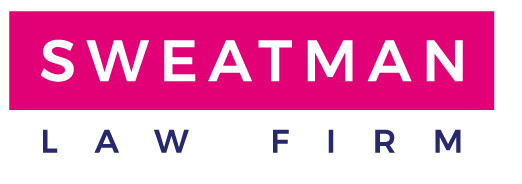An RESP is an investment vehicle that allows parents to save for their children’s future education beyond high school.
The plan is essentially a contract between two parties – the subscriber and the promoter. The subscriber contributes to the plan and the promoter makes payments to the named beneficiaries in the form of educational assistance payments. Contributions are made with after tax dollars and investment growth is taxed at the recipient’s tax rate upon withdrawal. RESP contributions are not tax deductible and neither is interest paid on money borrowed to contribute to an RESP, though the income accrues tax free for the period held in the RESP.
The federal government will match contributions to an RESP through various grant programs, such as the Canada Education Savings Grant (CESG) and the Canada Learning Bond (CLB).
RESPs Types:
An individual RESP can be opened by anyone and anyone can contribute to it (parents, grandparents, friends, or even you).
A family RESP can have one or more beneficiaries under the age of 31 at the time of the contribution, but each must be related to the subscriber. Contributions can only be made for a beneficiary until he or she reaches age 31.
A group RESP allows many investors to pool their contributions together. The RESP maturity date is decided at the time of enrollment and is based on the child’s birth date. When the plan matures, a beneficiary or each beneficiary shares in the pooled earnings of investors with children of the same age.
How Do I Contribute?
You will be able to make contributions for a beneficiary only if:
- The beneficiary’s social insurance number (SIN) is given to the promoter before the contribution is made and the beneficiary is a resident of Canada; or
- Transferring from an existing RESP under which the individual was a beneficiary immediately before the transfer.
How Much Can I Contribute?
Since 2007, there has been no annual limit for contributions to RESPs but the lifetime contribution limit on the amounts that can be contributed to all RESPs for a beneficiary is $50,000. Unless the RESP is a specified plan, contributions (except transfers from another RESP) may be made to the plan at any time after the end of the year that includes the 31st anniversary of the opening of the plan. Closing of the plan must occur by the end of the year of the 35th anniversary of the plan opening.
An excess contribution occurs at the end of a month when the total of all contributions made by all subscribers to all RESPs for a beneficiary is more than the lifetime limit for that beneficiary A subscriber’s portion of excess contributions are subject to a 1% per month penalty tax if not withdrawn by the end of the month. The excess contribution exists until it is withdrawn and the tax is payable on it within 90 days after the end of the tax year. Canada Revenue Agency does not include payments made to an RESP under the Canada Education Savings Act, Canada Education Savings Program (CESP) or any Provincial Education Savings Programs when determining whether a beneficiary has an excess contribution.
How Do Beneficiaries Receive Payments?
Beneficiaries are eligible to receive payments upon enrolment in a qualifying education program. The income is taxable to each of the beneficiaries, who generally have little or no income tax to pay.
If a beneficiary does not pursue post-secondary education, the plan may allow you to name an alternate beneficiary or in some instances you may be able to transfer your earnings to your RRSP. A third option is to withdraw the earnings in cash, but you will then be required to pay tax on this withdrawal and any government grants must be returned.

